Readers constantly ask us interesting questions about planets, stars and the space around us. We thank you for them and publish a selection of answers.

The ratio of time on different planets. How is it possible to get ahead of time, are there such hypotheses? Does the time on other planets affect the biological time of living organisms?
Oleh
To answer this question, we should separate the concept of time as a physical quantity and its perception by the human consciousness and internal biological clocks of humans and other biological beings.
Speaking of physics, time actually flows at slightly different rates on different planets. This is caused by the different strength of gravity, which, according to the theory of relativity, warps not only space but also time. This means that the more massive a space body is, the longer a second will last on it compared to a clock on something not as massive.
For example, for the Earth and the Moon, this difference is 58.7 microseconds per day. It is very small, but it exists. However, you can’t travel through time in this way. Because for a week to pass in a day on some planet on Earth, the gravity on the first would have to be so great that it would crush not only the astronaut but also his spacecraft.
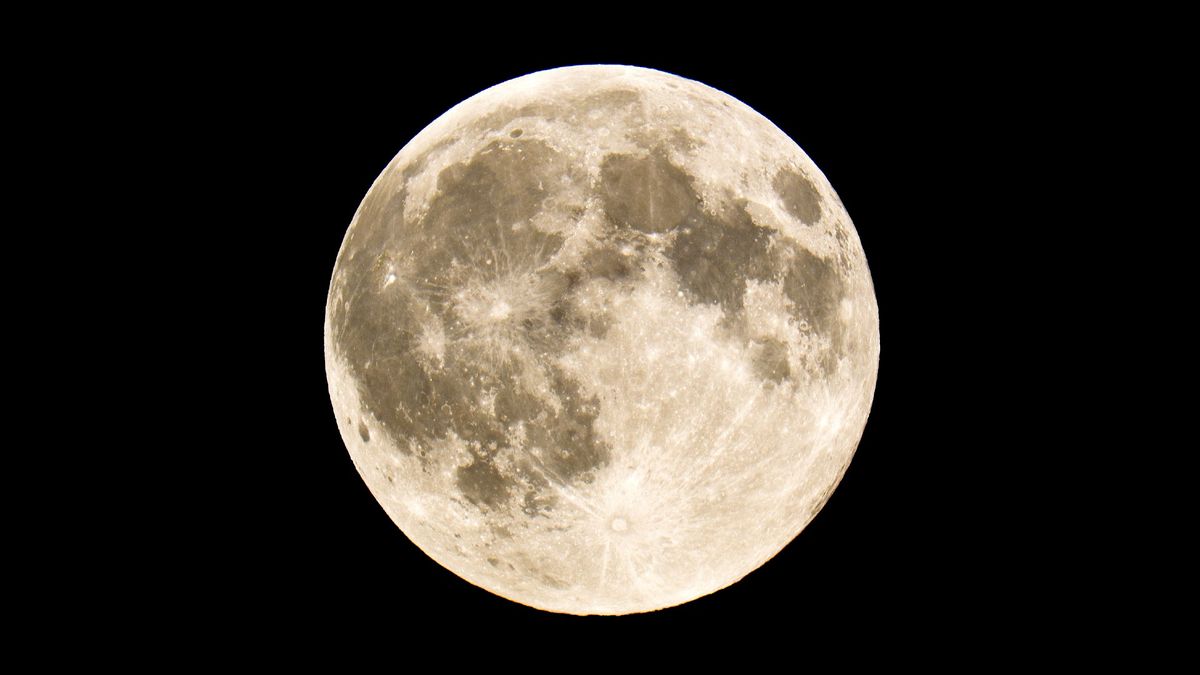
We should not forget, however, that our method of counting time is closely related to the rotation of the Earth. That is, on some other planet with a similar gravitational force, and with the same rate of time travel, a stopwatch that is turned on can show that the period between two dawns is 16, 18, 27, or even 36 hours.
This is technically what the length of day would be on this planet. It will be perceived exactly as an incredibly long day, and how to properly divide it into hours is a very complex question and it concerns mainly the usability of the chosen system. Because you can, for example, do 24 hours of 100 minutes, or you can do 26 hours of 30 minutes, and each minute will not last 60 seconds. But, for example, the number of oscillations the atoms in a caesium clock make during one revolution will not change no matter how you divide the twenty-four hours.
As for the biological perception of time, it is detailed in this article. Briefly, the mechanism that monitors when we should sleep and when we should eat is built directly into our brain cells. It can be tuned to a specific cycle length within a fairly wide range: at least 20 to 28 Earth hours.
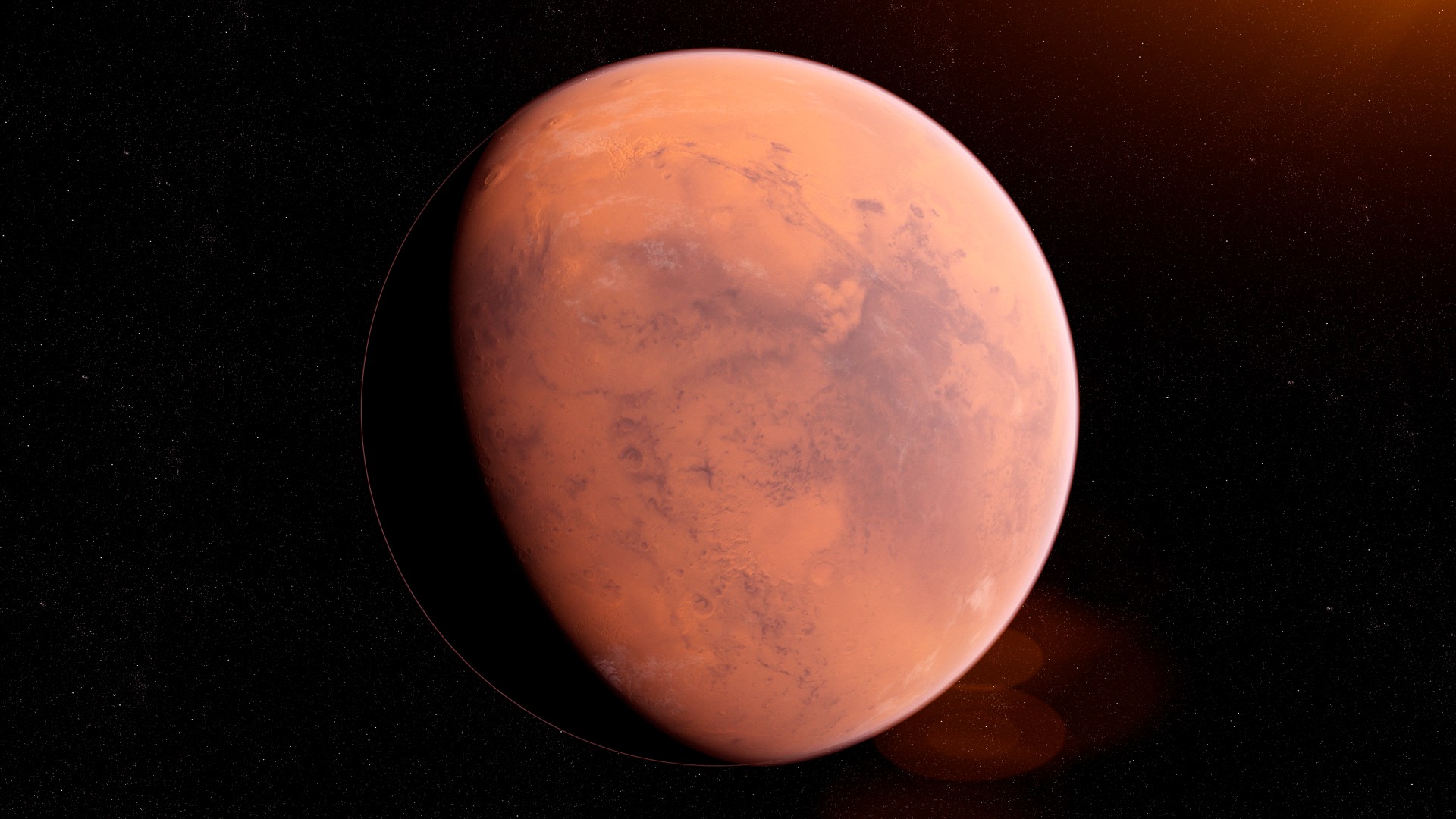
A system connected to our optic nerves is responsible for this. It adjusts the “biological clock” so that it adapts to the light/dark cycle, no matter how long it lasts.
And the subjective perception of time on a planet with more gravity will be just as subjective as it is on Earth, seconds will just as much drag when you’re in suspense and float when you’re relaxed.
Will planets with less gravity have softer rocks? I’m a miner, and I’m interested to see if it would be easier to tunnel beneath the surface there.
Volodymyr
The question of the hardness and strength of rocks that can be found in space is extremely difficult, if only because even on Earth there are both loess-like loams that cannot support the weight of a human and basalts that are weak to even an electric tool.
In addition, it is important to be clear about which mechanical characteristics of the rock we are talking about. Mohs hardness, microhardness by different methods, compressive, tensile and chipping strengths are all different things and, depending on conditions, they can remain the same or vary widely.
.jpg)
The next thing to note is that celestial bodies can actually vary a great deal in size, and the smallest of them, including all asteroids, most dwarf planets and moons, have never known gravitational differentiation of the interior. This means that the main mass of these rocks may be composed of rocks that have no analogues on Earth. The most typical example is a chaotic mixture of silicate and metal-bearing formations bound by ice.
It should also be noted that the main type of rock for more of the smaller bodies in the Solar System is such a specific material as ice. And it can be not only the usual water, but also carbon dioxide (dry ice), and even methane (imagine natural gas in a solid state). So we have a material with a hardness that can approach the hardness of feldspar. Gravity has little effect on all this.
At the same time, at least some of the very small bodies have very easy-to-develop outer layers and this is really due to the low gravity. We’re talking about “rubble pile” type asteroids, which are made up of small pebbles, their gravity strong enough to hold them together but too weak to fuse them into one whole.
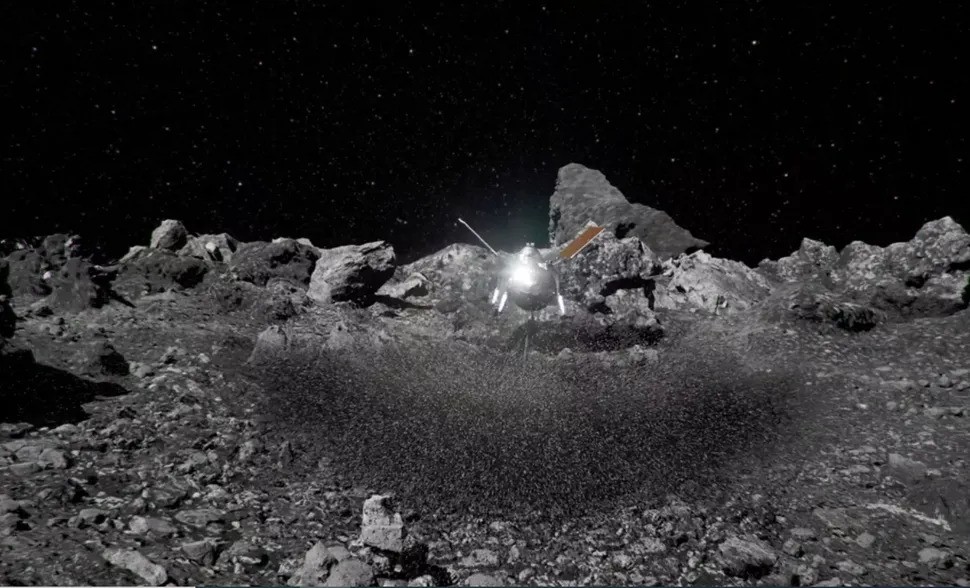
As for something we can really call a planet, it’s much more complicated than that. Sedimentary clastic rocks, which are commonly called soils, really should be compacted in proportion to gravity, at least in a certain range, although it is quite possible that each of their types will have to build its own complex dependence.
Talking about solid rocks, with which miners mainly have to deal, they should be considered on three levels. The first is the actual conglomerate of minerals they represent. Its mechanical characteristics are determined by the binding energy inside the crystals and on the surface of the phase distribution. They depend on the chemical composition, temperature and pressure. And these parameters depend on a huge number of factors, including gravity. However, it may not play a significant role.
Superimposed on this structure is a second level — the pores in the material. They are responsible for reducing the strength of the starting material. For igneous rocks, the main mechanism of formation is degassing, that is, the release of dissolved gases from the melt. For those formed from solutions, water drying. Both mechanisms are primarily influenced by the characteristics of the atmosphere. In general, they directly correlate with the size of the planet: the larger it is, the denser the atmosphere tends to be. However, the dependence here cannot be called direct either.
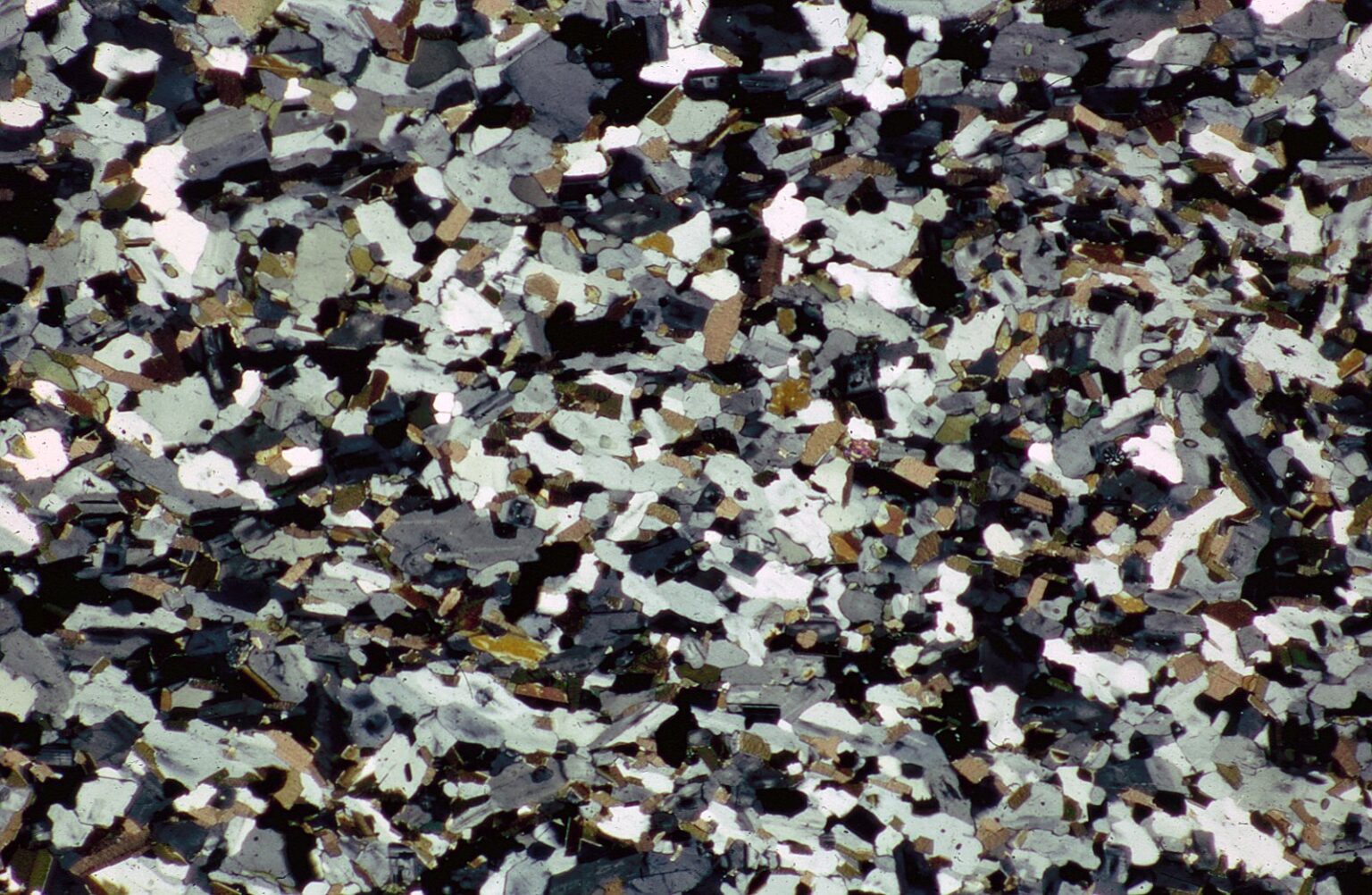
Finally, there is a third level of solid rock structure — a variety of fractures, which can have a wide variety of sizes — from submicroscopic to meter-sized. They superimpose on the structure described above and reduce the strength even further. Their occurrence is also influenced by a huge number of factors. Some are affected positively by planet size, others negatively.
In general, we can summarize that for individual cases the statement that low gravity corresponds to low rock strength is indeed true. However, this factor does not affect how easy it is to tunnel into the rocks very much.
If the Universe originated 13.5 billion years ago, then what was it 100 or 1000 billion years ago?
Sasha Prokov
According to current scientific understanding, the Universe came into existence about 13.7 billion years ago as a result of the Big Bang. At that moment, not only all its space and mass, but also all time was concentrated in one point.
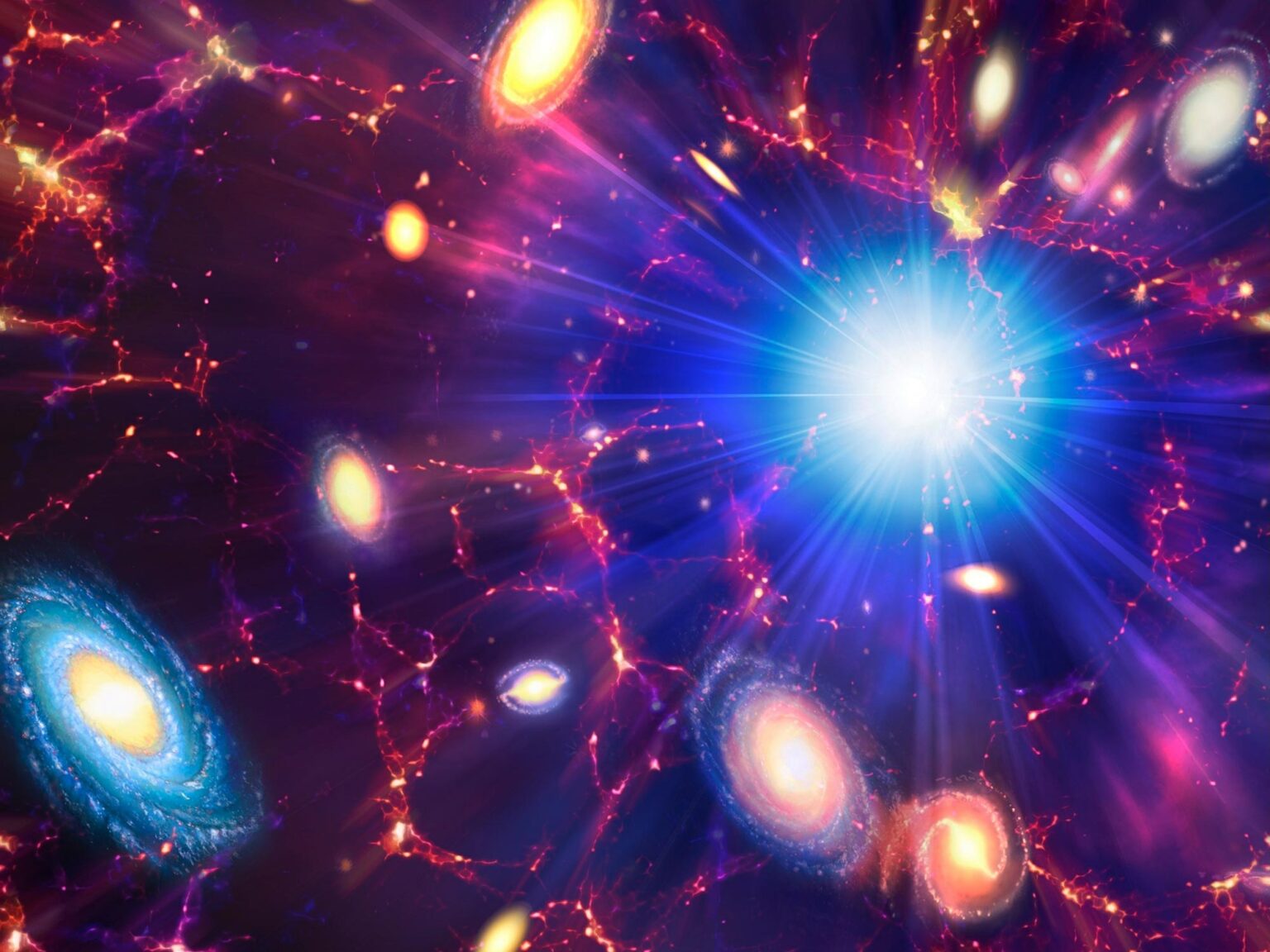
Beyond this point, which is called the cosmological singularity, time did not exist because it is one of the dimensions of our Universe. It is impossible to say what existed before the Big Bang. Since at this time the Universe was in a state of physical singularity, that is, all the equations describing it did not make sense.
Therefore, it is most correct to say that time that corresponds to 100 or 1000 billion years ago simply never existed.
Where do millions of tons of our Sun’s mass go after emission into space?
Serhii Lipinkov
The concepts of “the Sun losing mass” and “mass of solar material ejected into space” should be distinguished here. Because the first one is predominantly accounted for by the fusion process. That is, mass is directly transformed into energy, and the latter is radiated into space as visible light and other electromagnetic waves.
As for the part of the mass that is actually ejected into space, it gradually dissipates into space. Some of it falls out on planets, but mostly these particles just fly around somewhere in space. It’s big enough for even tens of millions of tons of material to get lost in it.


